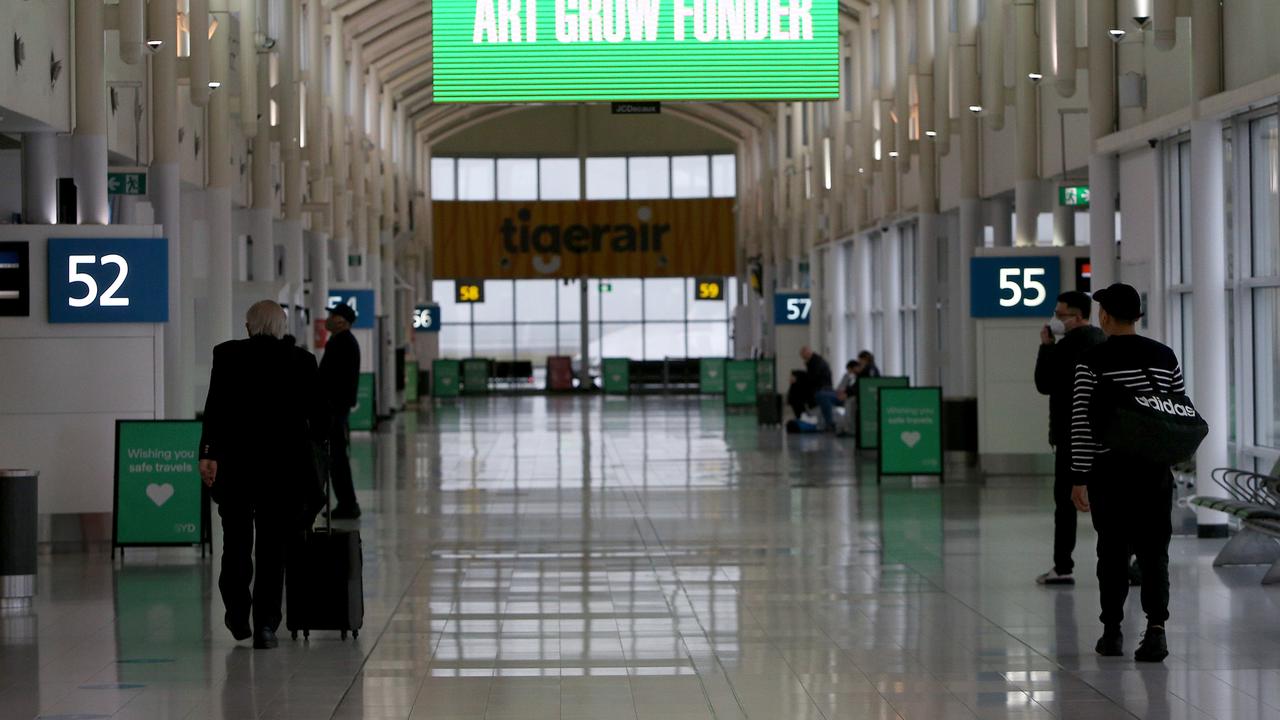BHP analysis shows Chinese demand for iron ore ‘hasn’t peaked’
CHINA’S “belt and road” infrastructure program — already seven times bigger than the Marshall Plan that helped rebuild Western Europe after World War II — will significantly boost iron ore demand, a BHP analysis has found.

Business
Don't miss out on the headlines from Business. Followed categories will be added to My News.
CHINA’S “belt and road” infrastructure program — already seven times bigger than the Marshall Plan that helped rebuild Western Europe after World War II — will significantly boost iron ore demand, a BHP analysis has found.
The Melbourne-based mining titan says China’s steel demand has not peaked and the nation’s global infrastructure push could result in 150 million tonnes of extra steel demand over a decade.
Such an outcome would double the growth rate of steel demand observed since 2011 among the 68 countries involved in the infrastructure push, the miner says.
It also argues that while China’s infrastructure program is massive, it alone will fall far short of meeting the needs of a rapidly urbanising Asian region.
“The demand for infrastructure investment in belt and road initiative regions is huge,” BHP chief commercial officer Arnold Balhuizen said.
“Despite the impressive scale … spending on belt and road initiatives alone will fall well short of funding everybody’s infrastructure needs.”
The latest analysis on the long-term outlook underpinning BHP’s commodity portfolio, particularly its key Pilbara assets, was delivered yesterday as iron ore fell into a bear market and analysts tipped more pain to come.
Iron ore, a key ingredient in steel, has fallen by 20 per cent over the past three weeks as China’s government reduces steel production in a bid to curb pollution from mills during the winter.

China’s air quality — among the worst in the world — deteriorates during the winter months as demand for residential heating increases.
Iron ore is now fetching $US63.06 a tonne, down from $US78.91 at the end of August.
Investment bank Goldman Sachs said the market was underestimating how much industrial production Chinese authorities were willing to curb in order to ease air pollution over the winter. It expects iron ore to hit $US60 a tonne by end of the year.
“While there are significant uncertainties, we think that local governments are likely to carry out environmental cuts forcefully,” Goldman said in a report released Tuesday.
“This has not been fully priced in our view, and we see room for iron ore prices to fall further.”
Through its belt and road initiative, China aims to build six major economic corridors linking Europe and Asia, reviving its ancient Silk Road trade routes. Some 2000 projects, spanning railways, roads, ports, energy systems, refineries, telecommunications and public buildings, have been initiated to date.
Mr Balhuizen said an analysis of 400 core projects by BHP put the total cost of the program at $US1.3 trillion.
“Such investment would drive significant demand for construction materials and equipment, leading to an increase in direct and indirect demand for steel,” he said.
Mr Balhuizen repeated BHP’s stance that Chinese steel production — the nation is the world’s biggest iron ore consumer — will not peak until around 2025.
Mr Balhuizen said China’s annualised steel production run rate hit a record 891 million tonnes in June and came in at 846 million tonnes for the half-year to June.
“Both figures are comfortably above the historical annual high of 823 million tonnes achieved back in 2014,” he said.
Shares in BHP closed 0.7 per cent lower on Tuesday at $25.79.


